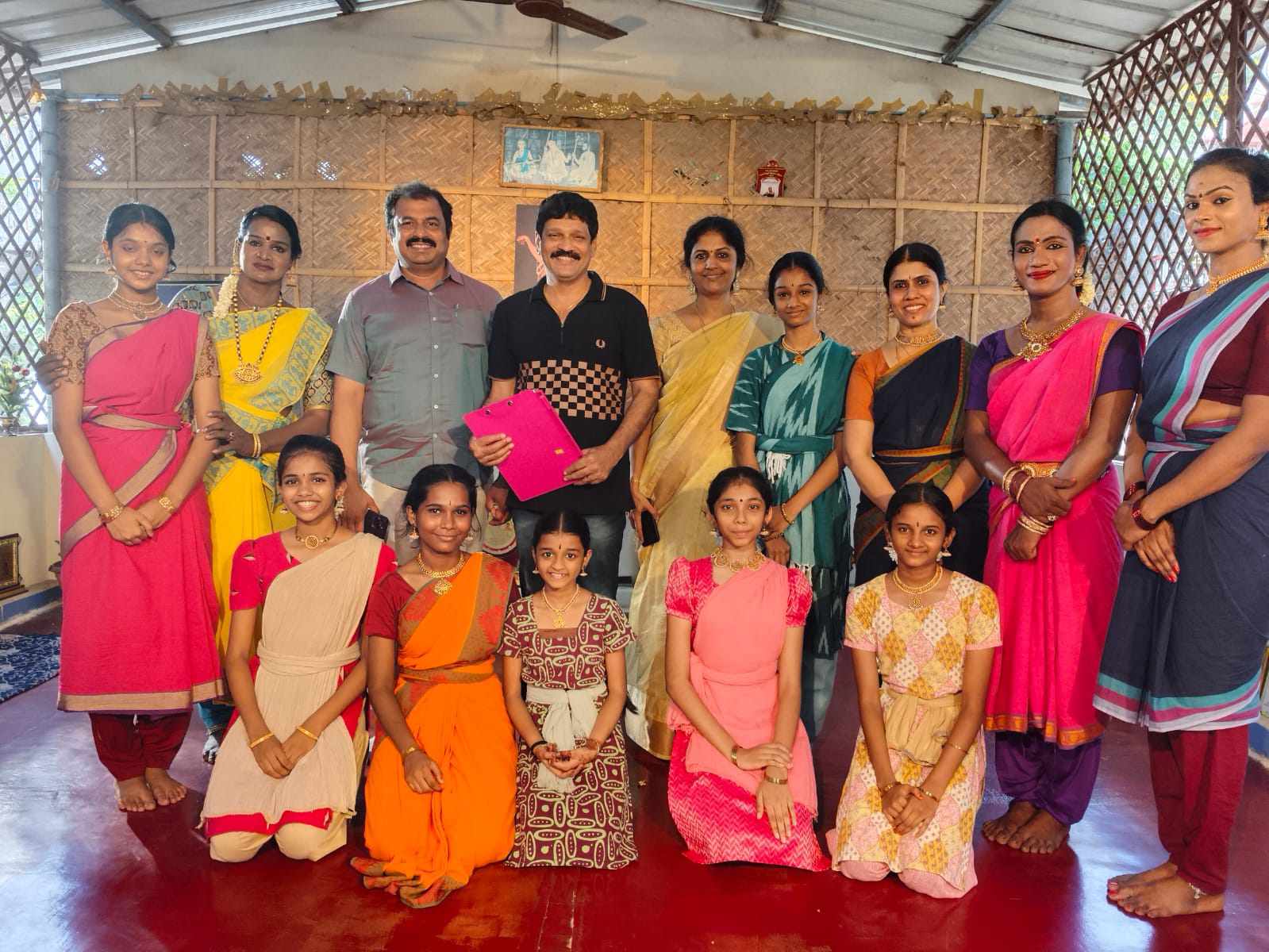Kattil Movie Review:
Kattil Movie Review:
The narrative of "Kattil," the Tamil movie, beautifully weaves together the threads of family, tradition, and cultural preservation. The crib, a seemingly insignificant object, becomes the focal point through which the richness of Tamil people’s heritage is explored.
Ganeshan's family, spanning three generations, establishes a profound connection with the cot, turning it into a living entity that bears witness to the entire spectrum of human experience within the family. This connection becomes even more poignant as the family faces financial challenges, and the cot, once a symbol of comfort and continuity, is lost amidst their struggles.
The screenplay skillfully delves into the family's journey to reclaim the cherished cot, portraying it not just as a piece of furniture but as a representation of cultural identity. The story unfolds against the backdrop of a society where some prioritize monetary gain over preserving native traditions. It challenges these notions, emphasizing the importance of heritage and the clash between tradition and modern economic pressures.
What makes the screenplay unique is its departure from caste distinctions, focusing on the universal journey of life rather than succumbing to primitive ideas of wealth. The characters' intricate relationships with the cot serve as a metaphor for personal growth and a deeper understanding of values in the face of adversity.
As the Ganeshan family embarks on their quest to retrieve the cot, the narrative seamlessly integrates elements of Indian culture and history. The movie becomes a canvas for social commentary, transcending cultural boundaries and offering a resonant narrative that speaks to audiences globally.
In essence, "Kattil" appears to be a poignant tale that celebrates resilience, family bonds, and the importance of preserving cultural heritage in the face of modern challenges. Through its exploration of the Ganeshan family's relationship with a seemingly ordinary object, the movie invites viewers to reflect on their own connections with tradition and the evolving dynamics between past and present.




Comments
Post a Comment